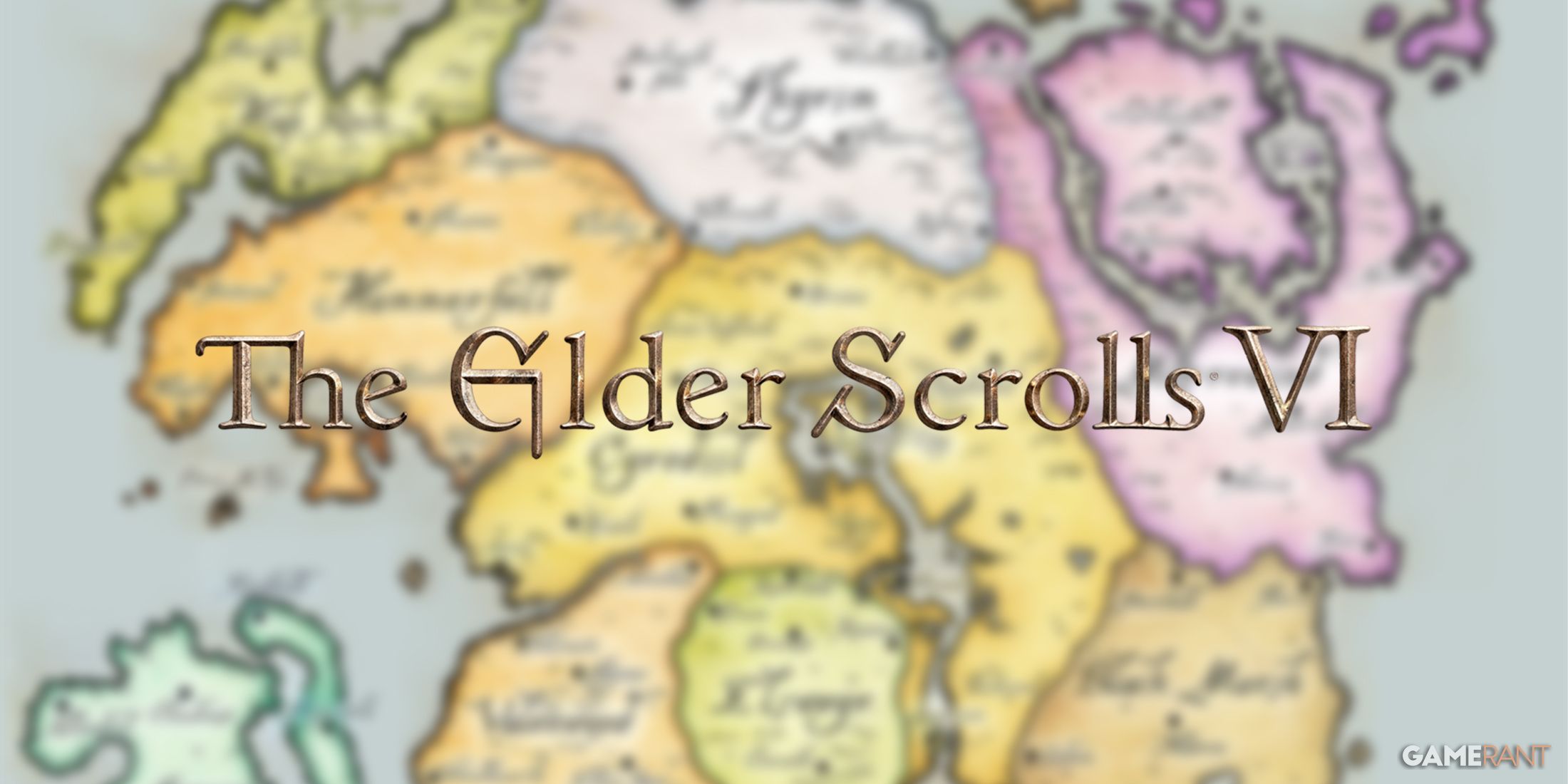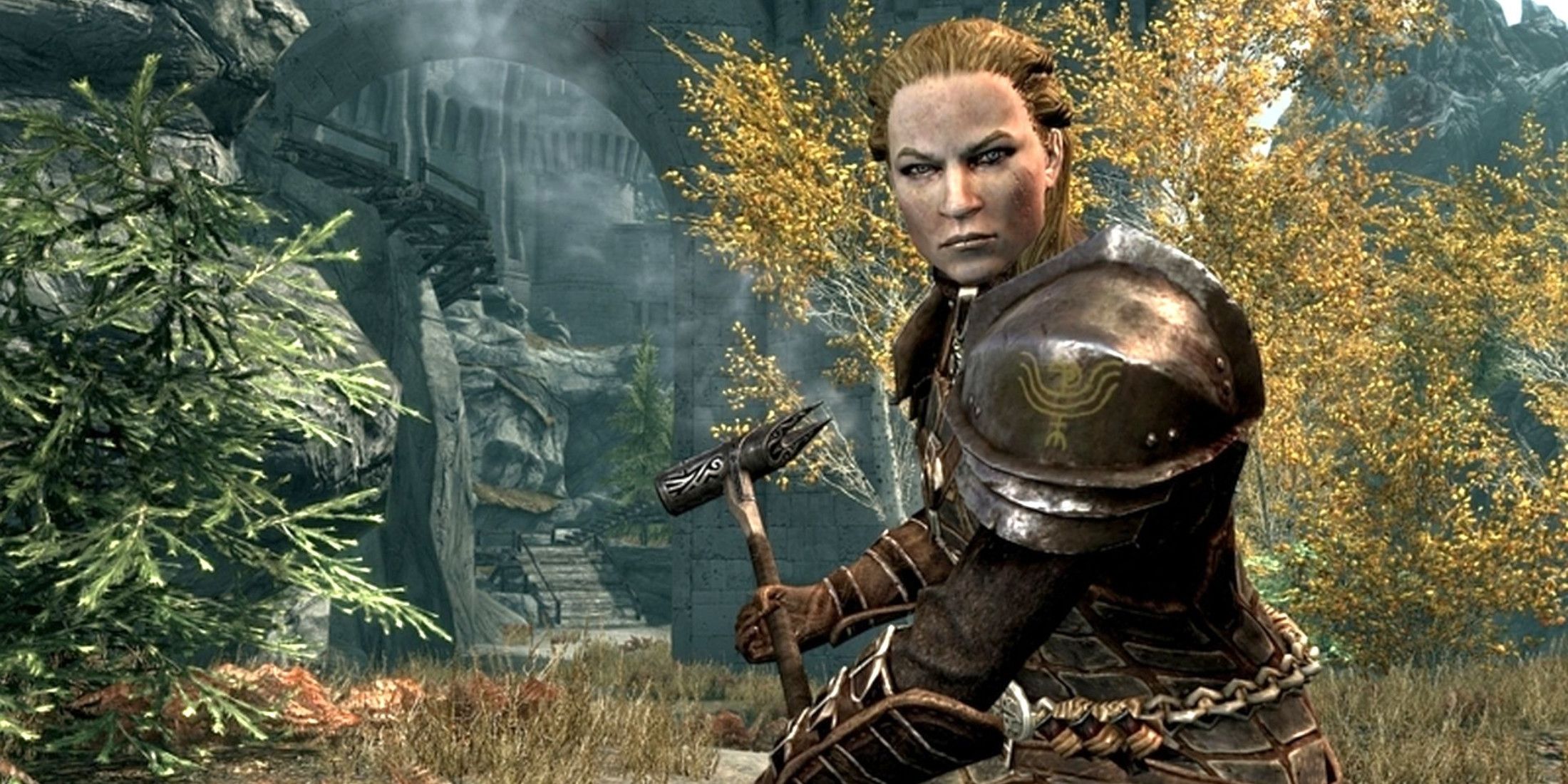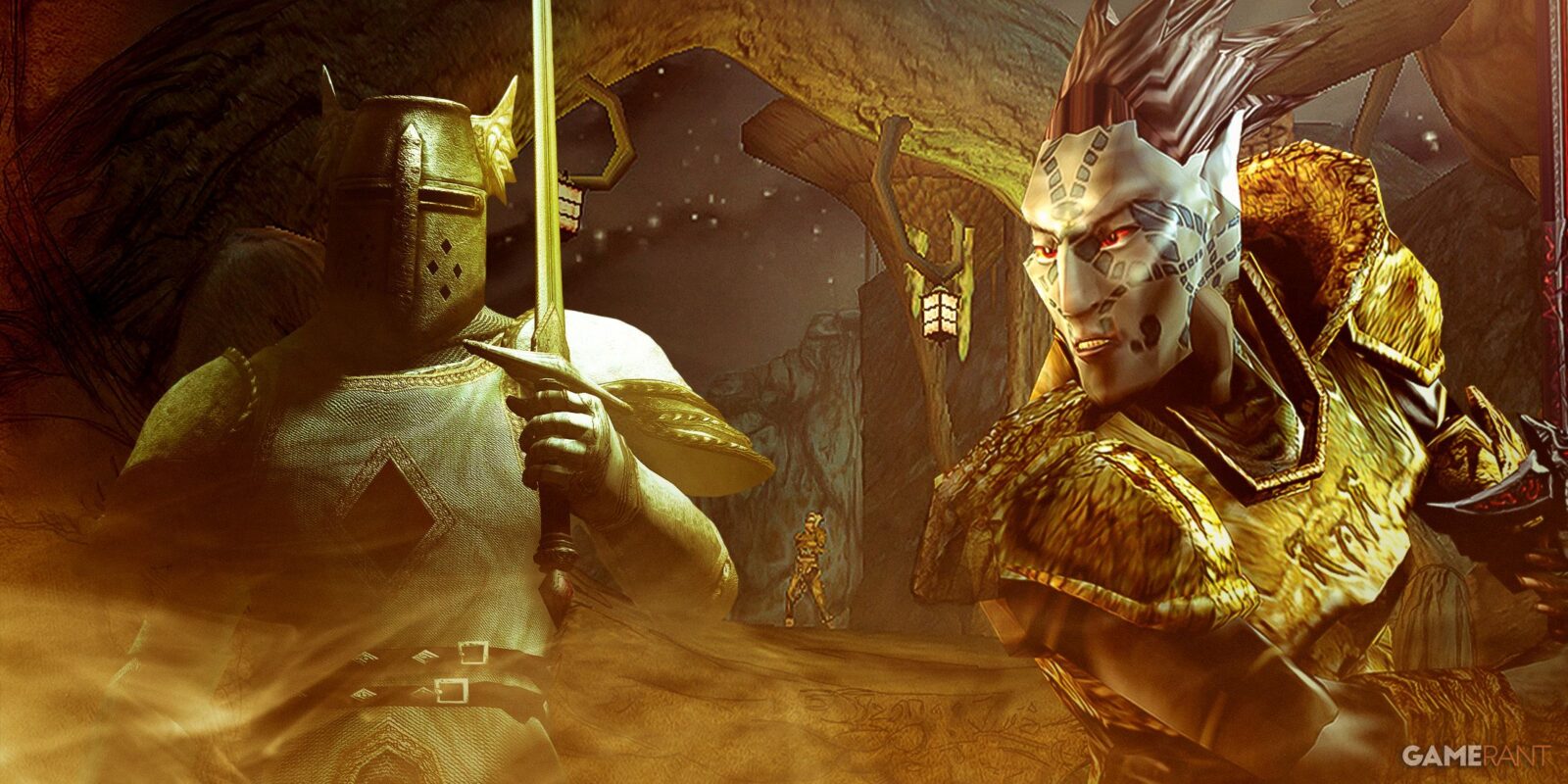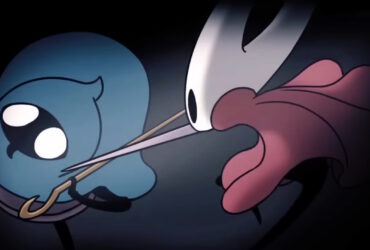The Elder Scrolls single player games have been released with a variety of expansion packs since The Elder Scrolls 3: Morrowind. The expansion packs for The Elder Scrolls have all expanded the lore of Tamriel, adding nuance and complexity to the world and its characters.
The entries on this list are focused on official releases, so Skyrim‘s Creation Club has also been excluded from this list. Oblivion‘s more infamous offerings, such as Horse Armor, have, however, been included and ranked accordingly. The Elder Scrolls‘ official expansion packs, such as Shivering Isles and Dragonborn, on the other hand, are considered by many to be some of the best in gaming, and are essential add-ons when playing.

Related
The Elder Scrolls 6 Should Be More Like Oblivion Than Skyrim in One Key Area
Despite Skyrim being well-loved, The Elder Scrolls 6 could benefit from following Oblivion’s lead instead when it comes to a key story element.
S-Tier: The Expansions That are Essential
- Shivering Isles (Oblivion)
- Dragonborn (Skyrim)
Shivering Isles opens with a room that dissolves into a swarm of butterflies and only improves from there. It is considered by many Oblivion players to be one of the best expansion packs Bethesda has produced, and it’s easy to see why. Aside from the gorgeous location of the Isles, the creativity of both the setting, the characters, and the storyline, and the implications of the story as a whole, Shivering Isles as an experience is one that is not easily forgotten.
Dragonborn, the final expansion for Skyrim, is another expansion that takes players to a Daedric Prince’s plane of Oblivion. This time it’s the plane of the Daedric Prince of Knowledge, Hermaeus Mora, and partially takes place in his Lovecraftian-esque plane of Apocrypha. Dragonborn not only expands on the lore of the dragonborn and offers the player the chance to ask themselves what it means to be dragonborn, but also sees the return to Morrowind: Bloodmoon‘s setting of Solstheim for a heady hit of nostalgia, lore, new armor sets, Shouts, and spells.
A-Tier: Lore and Improvements to the Base Games
- Tribunal (Morrowind)
- Dawnguard (Skyrim)
Morrowind‘s first expansion pack, Tribunal, brought the player character to Morrowind’s capital city of Mournhold and drew them into political machinations that would see the conclusion of Morrowind’s Tribunal. With such stakes at hand and the amount of lore it expanded upon, Tribunal is essential for any Morrowind player, but could have done more in terms of scope. It also notably improved on Morrowind‘s awful journal system, and is worth having just for that.
Dawnguard brought with it a much-needed overhaul for vampires in Skyrim, skill trees for both vampires and werewolves, one of the best bows in Skyrim, a quest that takes the player to one of the most interesting settings in The Elder Scrolls, brings back an unexpected cameo, and has Serana, one of the best followers and characters in Skyrim. Dawnguard brings a lot more to the table than just vampires, especially lore-wise, and is worth the investment.

Related
The Elder Scrolls 6 Could Break the Mold With A Simple Change
The Elder Scrolls 6 has the opportunity to revolutionize many of the franchise’s longest-running tropes, and one alteration could be a game-changer.
B-Tier: Unique Gameplay and Lore
- Knights of the Nine (Oblivion)
- Hearthfire (Skyrim)
Like Dawnguard, Knights of the Nine has more going for it than appears, especially in regard to lore. While the lore surrounding Pelinal Whitestrake may seem inconsequential, as he appears to just be a knight of St Alessia and was responsible for the destruction of the Ayleid elves, he was actually the mortal incarnation of the god Lorkhan. In many ways, Whitestrake and Alessia’s relationship and battle were parallel to the Hero of Kvatch and Martin Septim’s relationship and the plot of Oblivion, especially when considering the events of Shivering Isles.
Hearthfire was a unique addition to Skyrim as, rather than a questline, it added purely gameplay in the form of homesteading. As a result, Hearthfire let players to live out their cozy game dreams in Skyrim, something that was surprisingly viable. Being able to mine clay and rock, chop wood, and build a house from the foundations, including building all the furnishings, became incredibly rewarding. Alongside homesteading came adoption and, with so many orphans in Skyrim, the opportunity to build a house and have a family live in it became the priority, as Alduin and the threat of dragons fell by the wayside.
C-Tier: Additions to Gameplay and an Iconic Artifact
- Bloodmoon (Morrowind)
- Mehrune’s Razor (Oblivion)
The events of Bloodmoon take place on the island of Solstheim several hundred years before Skyrim‘s Dragonborn, and deal with the establishment of the East Empire Trading Company and lycanthropy. Becoming a werewolf is unfortunately not as rewarding here as it is in Skyrim, and it is luckily fairly easy to cure. Otherwise, the change in setting, the additional culture and lore thanks to Solstheim’s proximity to Skyrim, and the new enemies and combat make this expansion worth playing.
Oblivion came with many DLCs outside its two full expansion packs. Mehrune’s Razor is the only properly fleshed out one, with a full dungeon and the reappearance of Mehrunes Razor, a notable addition because of the role of the Daedric Prince. Considering there is no opportunity to fulfill a request for Mehrunes Dagon in Oblivion, it’s good that there’s the opportunity to receive his dagger in another way.
D-Tier: Oblivion’s Infamous Add-Ons
- Orrery
- Horse Amor
- Spell Tomes
- Thieves Den
- The Vile Lair
- Fighter’s Stronghold
- The Wizard’s Tower
Most of the DLCs in this section are for specific builds, such as The Vile Lair for characters with high infamy or who are vampires, and The Wizard’s Tower, Spell Tomes, and the Orrery for spellcasters. All of these items come with Oblivion, and don’t really add anything essential to the game, as there are many better alternatives in-game already.












Leave a Reply